IOT in AgricultureIOT is an acronym for Internet of Things. It means accessing and controlling daily usable devices and equipments using the Internet. The term "Things" in the Internet of Things refers to anything and everything in day-to-day life which is accessed or connected through the internet. IOT is an advanced automation and analytics system that deals with artificial intelligence, sensor, networking, electronic, cloud messaging, etc., to deliver complete systems for the product or services. By the year 2050, the world's growing population is estimated to have reached about 10 billion. To feed such a large population, agriculture needs to marry technology and get the best results. Agriculture is another important domain for IOT. IOT systems play an important role for crop and soil monitoring and give a proper solution accordingly. IOT leads to smart farming. Using IOT, farmers can minimize waste and increase productivity. The system allows the monitoring of fields with the help of sensors. Farmers can monitor the status of the area. 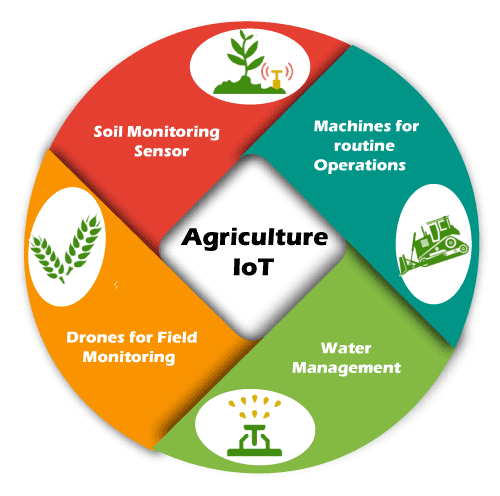
Challenges in the modern agriculture industryThe challenges faced by the farming industry and agriculture are listed as follows -
There are various uses of IOT in agriculture that are discussed as follows - IOT analytics in agricultureThe data from smart sensors can be further analyzed for automated decision-making and predictive analysis. Machine learning and predictive analysis will be helpful for farmers to cope up with the weather conditions such as drought, flood, etc. Drone-based uses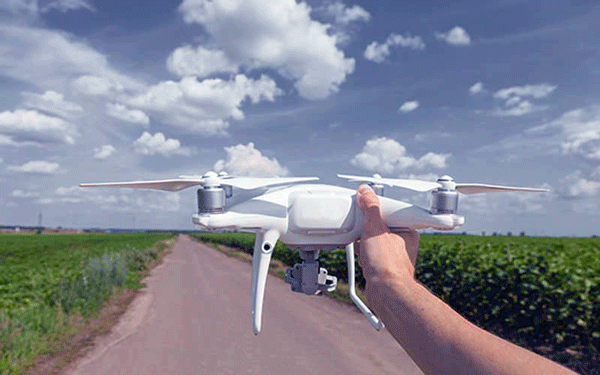
Drones are also useful in smart farming. On one side, drones are useful to monitor the soil, air, moisture quality, and on another side, they can also be used for physical activities such as prevention of physical breakouts in farms, automated spraying of fertilizers, and many more. Although there are some limitations of using a drone, but it is useful to reduce the manual workforce. Real-time crop monitoring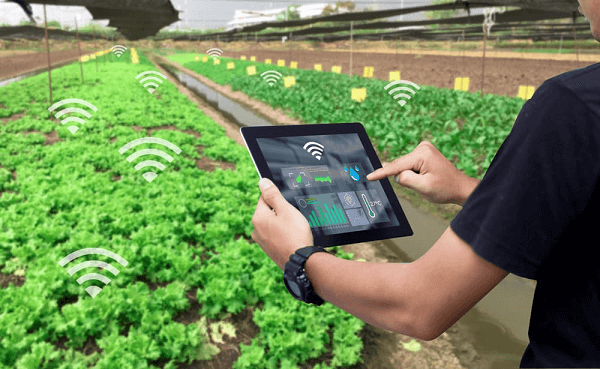
Motion detectors, light detectors, smart-motion sensing sensors, smart sensors are useful to provide real-time data to farmers of their farms. It will be helpful in the monitoring of the quality of their products. Smart Irrigation system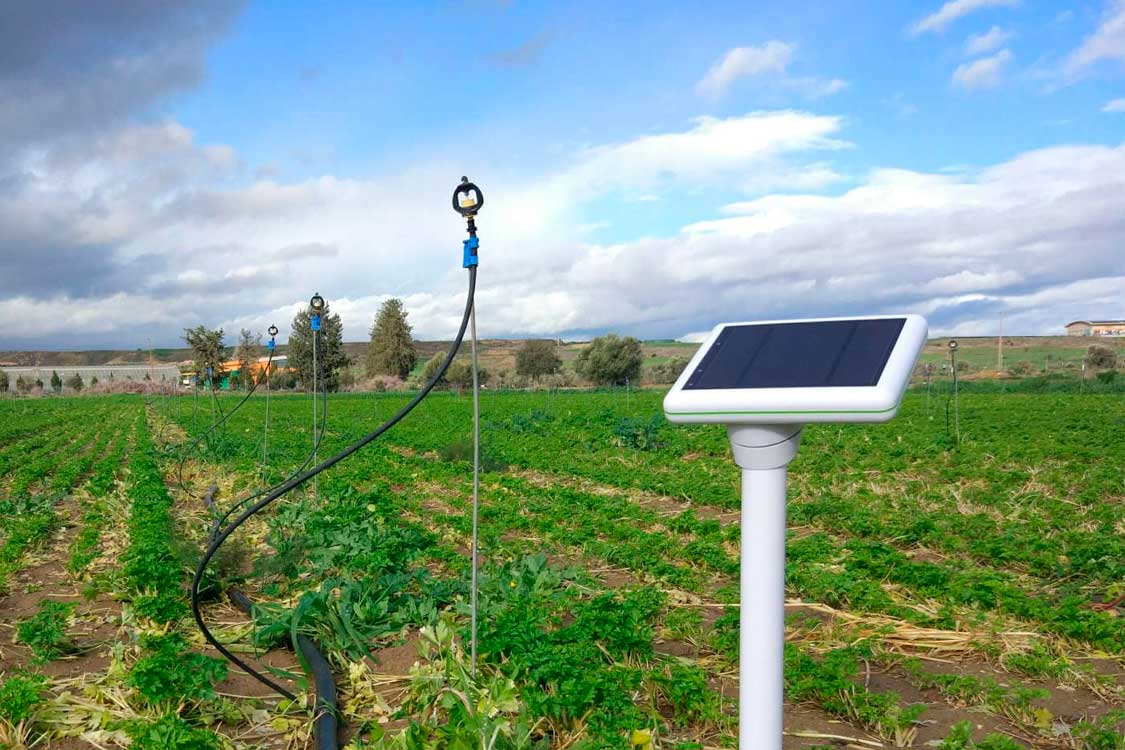
It is one of the parts of smart agriculture using IOT. In it, IOT checks the water lanes created by the farmer or the moisture level in the environment. Livestock managementLivestock requires regular monitoring. Smart tracking using IOT can be helpful to farmers to get the information of stock directly on their smart devices. It will be helpful to detect flu breakouts much earlier, which results in the separation of non-infected breeds with infected ones. Tank level monitoringIOT helps to remotely monitor the level of the water tank and configure the alerts when the specific level has been reached. Smart greenhouse solutionsUsually, the greenhouses are used for maintaining the required atmosphere for plants. This process demands manual intervention and continuous monitoring. But a smart greenhouse designed using IOT monitors and controls the climate intelligently and also reduces the requirement of manual intervention. Adoption of IOT in the greenhouse is cost-effective and increases accuracy as it eliminates human intervention. As an instance, solar power IOT sensors build inexpensive and modern greenhouses. Data analytics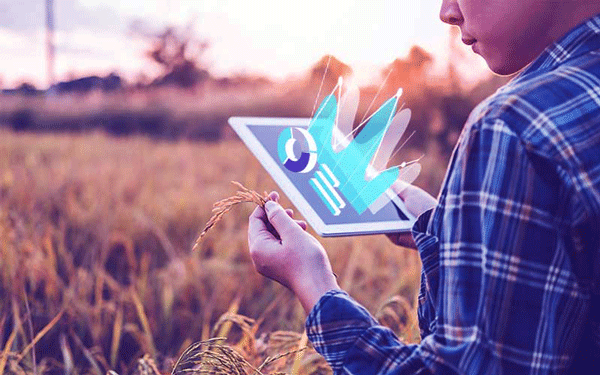
End-to-end IOT platform and cloud-based data storage play a vital role in smart agriculture systems. In IOT, sensors are the primary source of collecting the data on a large scale. Using the analytics tools, the data is analyzed and transformed into meaningful information. Data analytics helps in the analysis of crop conditions, weather conditions, and livestock conditions. In Agriculture, IOT helped the farmers in maintaining the quality of crops. Along with the other use cases and benefits, there are some of the benefits of IOT in agriculture that are listed as follows -
Infrastructure requirementsThere are some infrastructure requirements for adopting smart farming in IOT. Some of the requirements are listed as follows -
ConclusionsIn this article, we have discussed the applications and infrastructure requirements of using IOT in agriculture. People always required eating and drinking. For this, the development of the agriculture sector is always a priority. Use of IOT in agriculture has a big promising future. IOT is a driving force to increase agricultural production in a cost-effective manner. Smart farming through IOT technologies helps the farmer in increasing the productivity and reduces the waste generation.
Next TopicLog infinity value
|
 For Videos Join Our Youtube Channel: Join Now
For Videos Join Our Youtube Channel: Join Now
Feedback
- Send your Feedback to [email protected]
Help Others, Please Share









